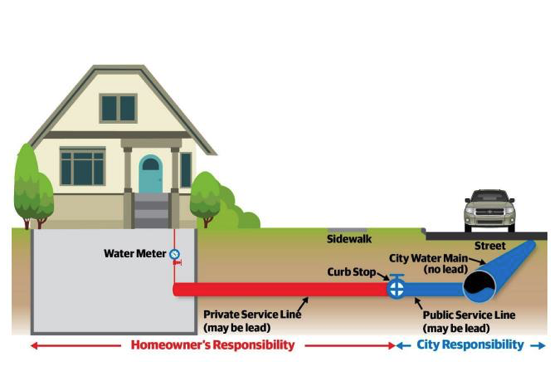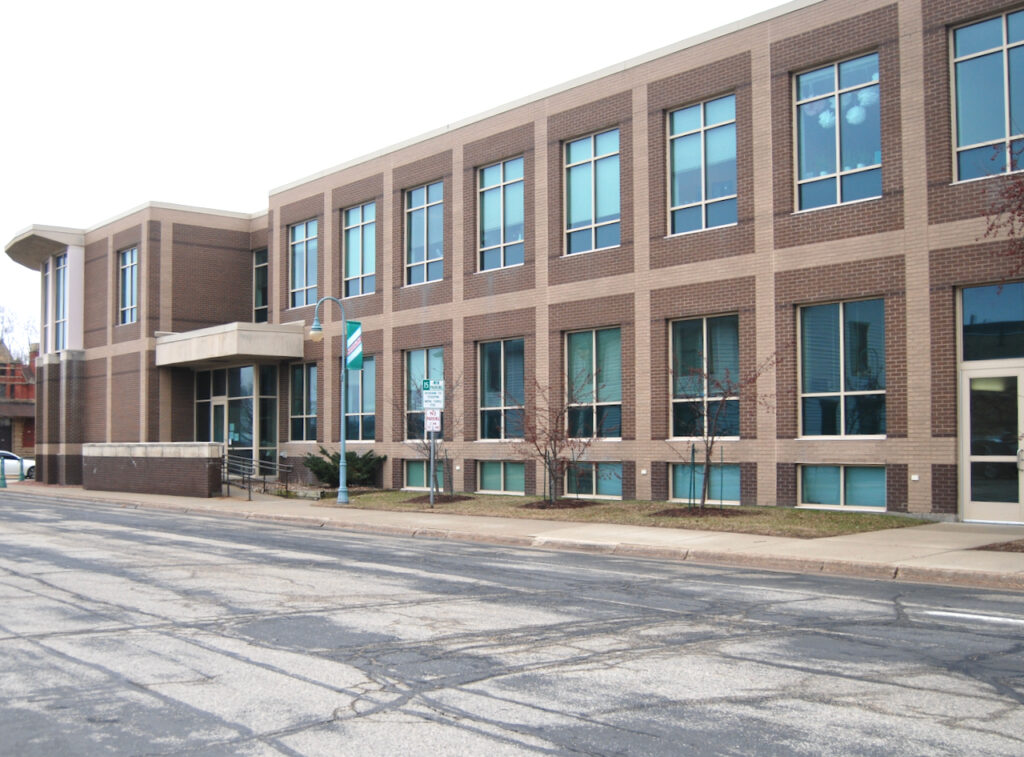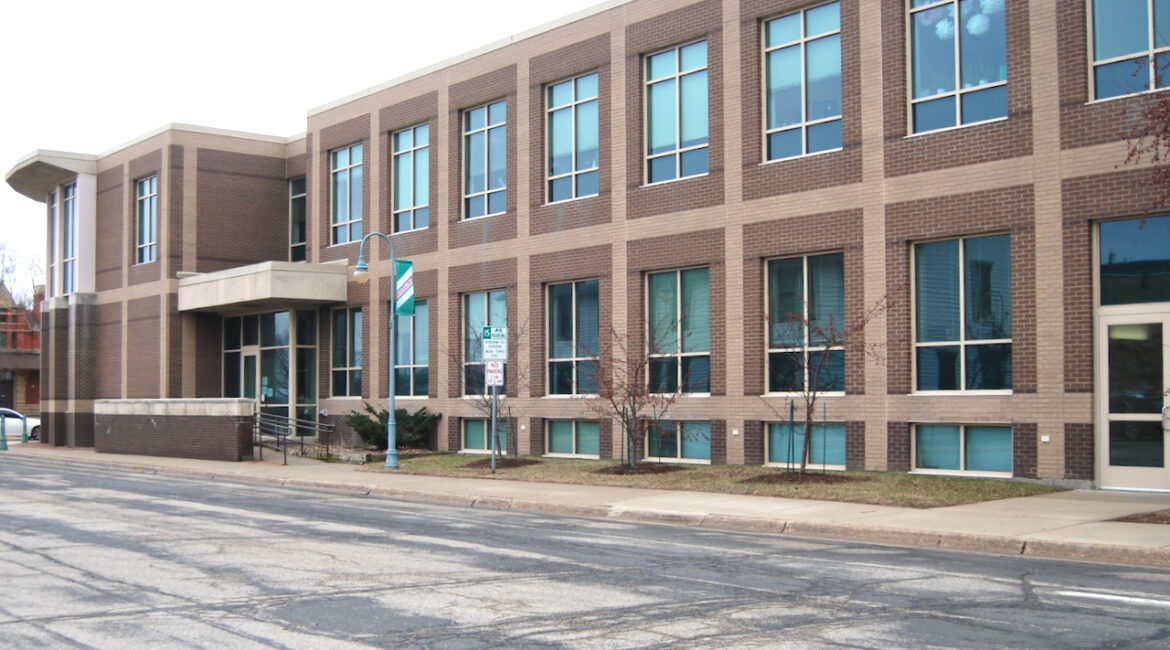By Kim McDarison
City of Whitewater officials have announced that a process to inventory public and private side water laterals will soon be underway.
Within a recent news release, officials noted that city residents might notice city employees over the next several months as they begin the task of creating the inventory.
According to the release, in December of 2021, the Environmental Protection Agency (EPA) published revisions to the Lead and Copper Rule (LCR), the federal regulation designed to control lead and copper in drinking water.
According to information published by the EPA, the intent of the revisions is to “better protect communities from exposure to lead in drinking water.”
As noted on the EPA’s website, revisions include “a suite of actions to reduce lead exposure in drinking water where it is needed the most. The … rule will identify the most at-risk communities and ensure systems have plans in place to rapidly respond by taking actions to reduce elevated levels of lead in drinking water.”
The EPA website states: “On December 16, 2021, EPA announced next steps to strengthen the regulatory framework on lead in drinking water. Following the agency’s review of the Lead and Copper Rule Revisions (LCRR) under Executive Order 13990, EPA has concluded that there are significant opportunities to improve the rule to support the overarching goal of proactively removing lead service lines and more equitably protecting public health.”
According to information released by the city, revisions included requirements instructing water utilities to make an inventory of both public and private service laterals, with a completion date of 2024.
To meet the requirements, the release continued, the city of Whitewater will begin the process of identifying undocumented service laterals.
During the process, a city employee will be using flags to locate and mark “water curb stop boxes,” which, the release noted, are typically located in the terrace, defined as the grassy area between the city sidewalk and the street.
According to the Center for Disease Control and Prevention (CDC) Healthy Housing Reference Manual, a water curb stop box is an access box to the curb stop, which is defined as a valve used within a process to control water flow and pressure, allowing the isolation of a building from the municipal water supply as it undergoes maintenance or repair.
The curb stop box works in conjunction with a “corporation stop,” which is connected to the water main.
“Because the corporation stop is usually under the street and it is necessary to break the pavement to reach the valve, the curb stop is used as the isolation valve,” the manual stated.
According to information supplied by the city: “Other utilities (gas, electric and fiber optics) will be flagging the same areas. After all utilities have been located, the Water Utility will return with the necessary equipment to excavate a small area around the water service box to identity the water lateral material.”
Examples of materials from which laterals could be made include copper, iron, plastic or lead.
Any disturbed areas will be restored to the original condition, the release added.
Those with questions about the inventory process are encouraged to contact City of Whitewater Water Utility Superintendent Jim Bergner by phone: 262-458-2803 or email: jbergner@whitewater-wi.gov.
More information about the EPA revisions is here: https://www.epa.gov/sdwa/lead-and-copper-rule-long-term-revisions.
A detailed explanation of homeowner water systems as supplied by the CDC is here: https://www.cdc.gov/nceh/publications/books/housing/cha09.htm#:~:text=Curb%20stop%20box%20—The%20curb%20stop%20box%20is,meter%20to%20isolate%20it%20for%20installation%20or%20maintenance.

The above graphic, as shared by the city of Whitewater, shows the location of a curb stop. As depicted in the graphic, the curb stop is located under the terrace, which is the area of ground located between the sidewalk and the street. The graphic further indicates that while lead does not exist in the materials used to manufacture the city-owned water main, there is a possibility that lead could be present in the public service line connecting the water main to the curb stop.

City of Whitewater Municipal Building, file photo/Kim McDarison.
This post has already been read 1480 times!
